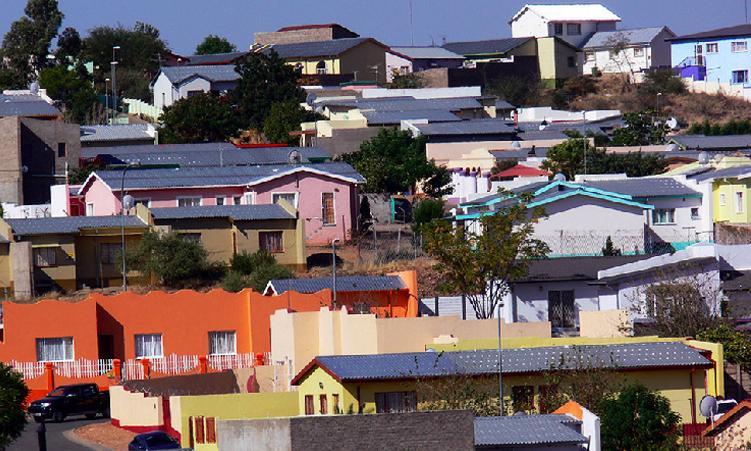Africa-Press – Namibia. By the end of April this year, Namibians had taken out home loans to the value of N$45.7 billion. This is an increase of N$93.3 million, showing a pickup in the real estate industry.
This could be due to the continued reduction in interest rates after the last repo rate announcements by the Bank of Namibia.
According to a report by Simonis Storms Securities on private sector credit, the total individual debt for April was N$68.8 billion.
This is a N$109-million month-on-month increase.
“While consumer borrowing remains steady, the pace of growth continues to reflect a cautious sentiment among households navigating cost-of-living pressures and tighter financial conditions,” reads the report.
According to the report, the biggest reason for the increase in debt is that people are borrowing more money to buy homes (mortgages).
“This increase came despite ongoing affordability challenges, with elevated home prices and stagnant income growth still weighing heavily on purchasing power.
The uptick suggests that some segments of the market are pushing ahead with home purchases, possibly in anticipation of lower interest rates later in the year,” notes the report.
Beyond mortgages, loans like personal loans or store credit showed slow growth of N$16.5 million, bringing the total to N$12.5 billion.
“The slower pace of growth in this category points to more conservative borrowing behaviour, particularly among middle-income earners who appear to be prioritising debt repayments and household budgeting,” reads the report.
Additionally, overdrafts also recorded a decrease of N$67.8 million in April.
This shows that people are avoiding short-term credit.
“This reinforces the notion that lower-income consumers are refraining from tapping short-term credit amid uncertain income prospects,” notes the report.
Meanwhile, installment and leasing credit, like loans for cars or big appliances, stood at N$8.2 billion.
According to the report, this is due to steady car sales and people buying things like refrigerators and televisions.
“This segment remains the most dynamic within household borrowing, as financial institutions maintain competitive offerings in secured credit markets,” reads the report.
Even though families are not borrowing as much money as they usually do over the long run, they are still consistently taking out loans for things like cars (installment credit) and are relying less on risky things like overdrafts (unsecured debt).
“The consistency in installment credit and declining reliance on unsecured debt highlight an ongoing adjustment toward more sustainable and asset-based borrowing patterns,” reads the report.
For More News And Analysis About Namibia Follow Africa-Press






